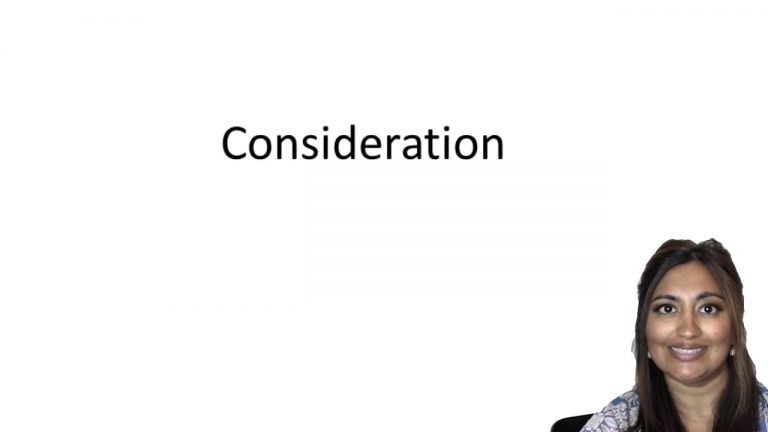Contracts Keyed to Calamari
Feinberg v. Pfeiffer Co.

ProfessorMelissa A. Hale
CaseCast™ – "What you need to know"
Facts
Feinberg (P) began working for Pfeiffer Co. (D), a manufacturer of pharmaceuticals in 1910, when P was 17 years old. There was no contract between P and D regarding P’s length of employment. P was free to quit and D was free to fire P at any time. In recognition of P’s long and faithful service, D increased P’s salary from $350/month to $400/month. P was also afforded the privilege of retiring from active duty at any time that she may elect and receive retirement payments from D in the amount of $200/month for the remainder of P’s life. P was immediately notified of her salary increase and pension plan. P testified that she had no prior knowledge of the pension plan and that she would have continued to work for D regardless. P did continue to work for D until June 30, 1949 when she retired. Her pension plan was a major factor in her decision to retire. D started paying P $200/month. Several years after her retirement, D notified P that her payments would be reduced to $100 per month. P refused to accept the reduced amount. D terminated all payments. P sued for breach of contract. Judgment for P. D appealed.
Only StudyBuddy Pro offers the complete Case Brief Anatomy*
Access the most important case brief elements for optimal case understanding.
*Case Brief Anatomy includes: Brief Prologue, Complete Case Brief, Brief Epilogue
- The Brief Prologue provides necessary case brief introductory information and includes:
Topic:
Identifies the topic of law and where this case fits within your course outline.Parties:
Identifies the cast of characters involved in the case.Procedural Posture & History:
Shares the case history with how lower courts have ruled on the matter.Case Key Terms, Acts, Doctrines, etc.:
A case specific Legal Term Dictionary.Case Doctrines, Acts, Statutes, Amendments and Treatises:
Identifies and Defines Legal Authority used in this case.
- The Case Brief is the complete case summarized and authored in the traditional Law School I.R.A.C. format. The Pro case brief includes:
Brief Facts:
A Synopsis of the Facts of the case.Rule of Law:
Identifies the Legal Principle the Court used in deciding the case.Facts:
What are the factual circumstances that gave rise to the civil or criminal case? What is the relationship of the Parties that are involved in the case.Issue(s):
Lists the Questions of Law that are raised by the Facts of the case.Holding:
Shares the Court's answer to the legal questions raised in the issue.Concurring / Dissenting Opinions:
Includes valuable concurring or dissenting opinions and their key points.Reasoning and Analysis:
Identifies the chain of argument(s) which led the judges to rule as they did.
- The Brief Prologue closes the case brief with important forward-looking discussion and includes:
Policy:
Identifies the Policy if any that has been established by the case.Court Direction:
Shares where the Court went from here for this case.
Topic Resources

 12m 9s
12m 9s